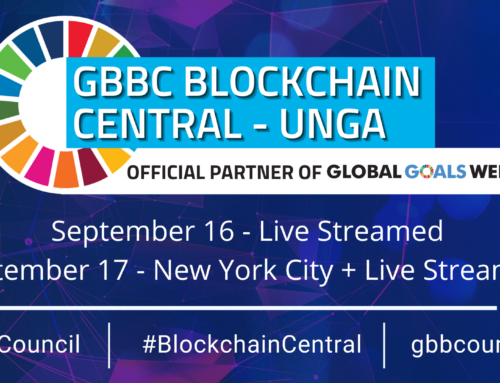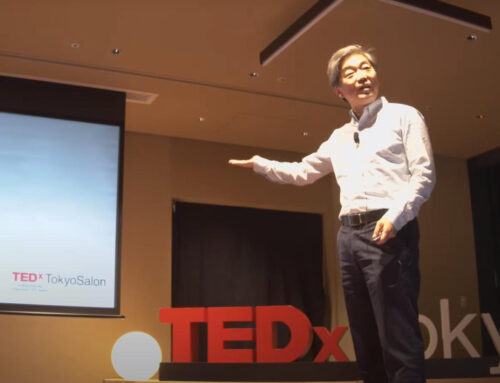“One of the more interesting things about Halal Certification which gets kind of ignored is that it’s a multi-stakeholder, multi-organizational application of blockchain.”
When Kenja began the Halal project in Indonesia, there were two forces at work there. One, their government is very centralized. Any regulations they made had sweeping effects. Two, the consequences of COVID led to the rapid digitalization of the country. This trend affected various aspects of life in Indonesia and Halal certification was eventually brought up as well.
The government decided that Halal certification and tracking should also be digitized; to be a functioning LPH (Lembaga Pemeriksa Halal) or Halal Inspection Institution was to be digital. That’s where Kenja’s entry came in. That’s how we met our partners, Muhammadiyah and Syarikat Islam, and why we’re in talks to work with two more auditing bodies in Indonesia.
Centralized Authority
Certifications, by its very nature, require a centralized authority. Because the mere existence of certificates means that there is a group of individuals studied on the subject matter in question and at least one individual that has been declared an expert by their peers. Therefore, blockchain-enabled certification software such as Kenja’s will have a centralized authority.
In Indonesia, they have a very robust regulatory system for Halal certification which the government – working closely with religious groups – serves as the centralized authority for. That is what made Kenja’s Halal project feasible as, without any central authority or regulatory body, there would be no motive or need for businesses to submit to auditing for certification.
However, the existence of a central authority only acts as motivation and encouragement for people to adopt our solution. What makes the difference is that we overachieved and built our solution to be easier to use than the other tools currently in the market on top of enabling it to directly interact with the government for a leaner way of meeting government requirements.
Kenja’s blockchain-enabled Halal certification software connects the government and LPHs in one space with the government as the centralized authority, allowing LPHs to send their data to the government. Our solution is capable of being an immutable, self-checking ledger in which the government can verify LPHs, LPHs can cross-check one another, and auditors can be rated.
Blockchain System
Most of the logistics, procurement, and real-world use cases that require and benefit from blockchain are typically very vertical. In those cases, the adoption of blockchain occurs within one company (to track their logistics, supply and operations) and can be mandated top-down.
Whereas with Halal, the system is majorly horizontal and very broad due to the many parties involved. In Indonesia, the major parties are the government, the LPHs and various other religious organizations. Other parties include the companies and raw material providers which likewise need to be certificated by matching government and certification requirements.
Their ecosystem, being vertical as well as horizontal, coloured our Halal project. It required us to account for the different ways various stakeholders would attach and operate within one space. We also had to find a way for operations and businesses to link to the system so they could slowly participate in the larger Halal ecosystem we created without crippling changes.
Mirroring the Existing Ecosystem
Aside from the vertical and horizontal nature of the Halal ecosystem, what made the Halal project truly unique was mirroring an ecosystem that is a many centuries old tradition. While normally, efficient practices and optimizing behaviours to make the best use of tools take precedence, the opposite is true for Halal in which the practice takes priority.
The way our tool fits into their practice thus was really more important than the tool itself when it came to creating a Halal certification solution. This was not only because it is the practice which is important to Halal but also because, from a business perspective, there would be no buyers otherwise. With no buyers, the solution would be pointless no matter how great it is.
Therefore, compared to most of the successful implementations of an internal blockchain, the key difference with Kenja’s Halal certification software is in the way the solution fits into the Halal ecosystem and practice rather than vice versa wherein everyone adjusts to the solution.
What’s Next?
Currently, Kenja is in talks with the Indonesian government on updating their system both for the personal security of individual information and the integration of our Halal solution on the government-level. We also continue to hold monthly seminars for our clients with new training videos, materials and et cetera for a smoother transition and to ease any operating difficulties.
As for Kenja’s next steps, we have plans to introduce our Halal certification software in other countries. To that end, we are compiling data and records as well as researching the Halal regulations, practices and operations of other countries to see how our solution can fit in. We are also identifying the problems these countries may have so we can look into solving them.
Personally, I believe there’s a good chance of implementing our solution in other countries especially considering our success in Indonesia which has the largest Islamic population in the world. Sooner rather than later, Indonesia would be requiring Halal certification from their imports and those foreign businesses would need to adhere to Indonesia’s very strict standards.
In general, it’s just good business so it will be a matter of who buys and implements first.
Overall, the Halal project was an eye-opener. The various differences it had to the common factors present in blockchain and software projects required me to unpack and overcome the “new technology” mindset I had coming into it. Things became easier once I jumped over that business hurdle and was able to focus entirely on the people who were going to use the tool.
After I focused on them, their needs, and what they were familiar with, everything else fell into place. The result was a solution that mimicked what they were familiar with in the way it looked as well as the way it operated. A solution they then picked up, used and found was time-saving.
The project was a case of being in the right place at the right time and listening to their needs.





